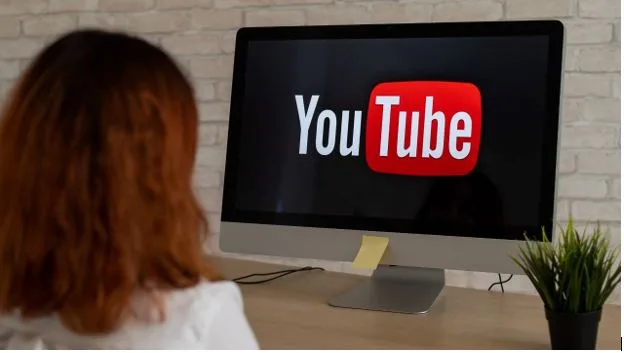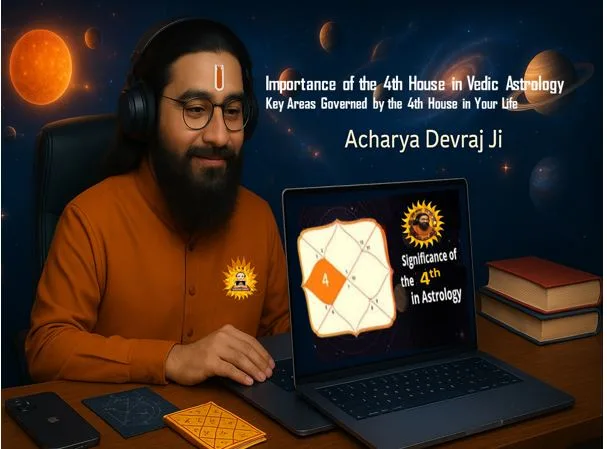Tips for Distinguishing Reliable vs. Unreliable Video Sources in Online News
The rise of digital media has transformed the way people consume news. Instead of waiting for the morning paper or evening broadcast, audiences now receive updates instantly through online platforms. Video has become the most influential format in this shift. It offers immediacy, visual evidence, and emotional impact, which makes it an incredibly powerful medium for delivering stories.
But the speed and accessibility of online video content also come with risks. Not every clip shared on social media or news websites is accurate, complete, or trustworthy. Edited footage, misattributed clips, and even staged events can easily circulate as “breaking news.” For individuals, organizations, and researchers trying to make sense of global events, the challenge is clear: how do you distinguish reliable sources from unreliable ones in an environment overflowing with video?
Why Video Credibility Matters
Unlike text, which can often be double-checked by following links or searching for corroboration, video carries an aura of authenticity. Seeing something with your own eyes feels like proof. Yet appearances can be deceiving. In recent years, countless cases have surfaced of old footage being repackaged to fit new events, manipulated clips spreading false narratives, or partial edits leaving out critical context.
For journalists and decision-makers, relying on the wrong video source can damage credibility and even put people at risk. For everyday viewers, it can mean being misled about issues that shape public opinion and influence behavior. This is why being able to assess video reliability has become an essential skill for navigating modern news.
Common Challenges in Online News Video
The online environment makes it difficult to separate fact from fiction. Social media platforms are built to encourage sharing, not necessarily verifying. Videos often go viral without any checks on their origin, and once they are widely circulated, corrections rarely catch up to the initial spread.
Even reputable outlets can fall victim to this dynamic. When breaking news is unfolding, pressure to publish quickly sometimes outweighs caution. That’s why clips without clear context can end up on front pages or broadcasts before they’ve been fully verified. Audiences who rely only on surface impressions risk accepting unreliable footage as truth.
Indicators of Reliability
Distinguishing between reliable and unreliable video sources requires a careful approach. The first step is to consider the origin of the content. Reliable news organizations, agencies, or official channels generally provide context who filmed the video, when it was shot, and under what circumstances. If a video lacks these details, it should raise questions about its credibility.
Another indicator is consistency. Reliable videos often align with reports from multiple trusted outlets or eyewitness accounts. Unreliable ones, on the other hand, might circulate without any supporting coverage or contradict established facts. Attention to editing is also important. Sudden cuts, missing audio, or lack of continuous footage may suggest manipulation or selective framing.
Tools for Verifying Video Sources
Fortunately, there are resources that help audiences check the reliability of online videos. Reverse image searches, metadata analysis, and geolocation tools can reveal whether footage has appeared before or whether it matches the time and place claimed. Media literacy organizations and fact-checking outlets also publish verifications of widely shared clips.
At an individual level, saving videos for closer review can be an effective strategy. Instead of relying only on the fleeting moment of a social media scroll, downloading important clips allows viewers to analyze details, compare with other sources, and revisit when fact-checks become available. Using a trusted YouTube extension can make this process simple, ensuring that significant material is preserved without the risks of unreliable platforms. By keeping offline copies, researchers and viewers gain the ability to study footage in depth and place it in a broader context.
The Role of Offline Access in Media Literacy
Having offline access doesn’t just secure a video it also promotes thoughtful engagement. Streaming often pushes viewers toward rapid consumption, with recommendations leading from one clip to another. Offline libraries, however, remove these distractions. When a video is saved, it can be analyzed carefully, replayed multiple times, and compared with other information sources.
This slower, more deliberate interaction supports stronger critical thinking. It transforms video from a fleeting impression into evidence that can be weighed against other facts. For educators and journalists, this approach also enables them to use specific case studies in classrooms or editorial meetings, showing how context and verification change the meaning of a clip.
The Broader Impact of Verification
Distinguishing reliable from unreliable video sources has consequences beyond individual understanding. At a societal level, it affects how communities respond to crises, how governments build trust with citizens, and how organizations manage reputational risks. A misinterpreted video can lead to panic, policy missteps, or misplaced anger, while accurate footage can help guide informed decisions and collective action.
This is why many institutions are investing in media literacy programs, teaching people not only to consume content but also to evaluate it critically. The ability to question sources, verify details, and resist the pull of viral misinformation is quickly becoming a civic responsibility.
Looking Ahead: The Future of News Video
Technology continues to advance, making verification both easier and more complex. On the one hand, new tools for detecting deepfakes and verifying metadata provide stronger safeguards. On the other hand, misinformation campaigns are becoming more sophisticated, producing videos that are harder to identify as false.
For audiences, this means vigilance will remain essential. Instead of assuming that video equals truth, people must learn to approach every clip with a questioning mindset. By building habits of verification and leveraging tools that secure reliable copies, individuals and organizations can strengthen their ability to navigate the information landscape.
Final Thoughts
Video is a powerful medium, but its power comes with responsibility. Distinguishing reliable from unreliable sources in online news requires attention to origin, context, and supporting evidence. It also requires tools that allow for deeper engagement beyond the fleeting pace of streaming platforms.
By using resources like a trusted YouTube extension, viewers can preserve important content, review it critically, and build their own archives for reference. This process turns video from a potential source of confusion into a valuable tool for understanding.
In a world where information moves faster than ever, the ability to recognize credible sources is not just a skill it’s a safeguard. For anyone seeking truth in the digital age, it is the key to staying informed, empowered, and resilient against misinformation.





